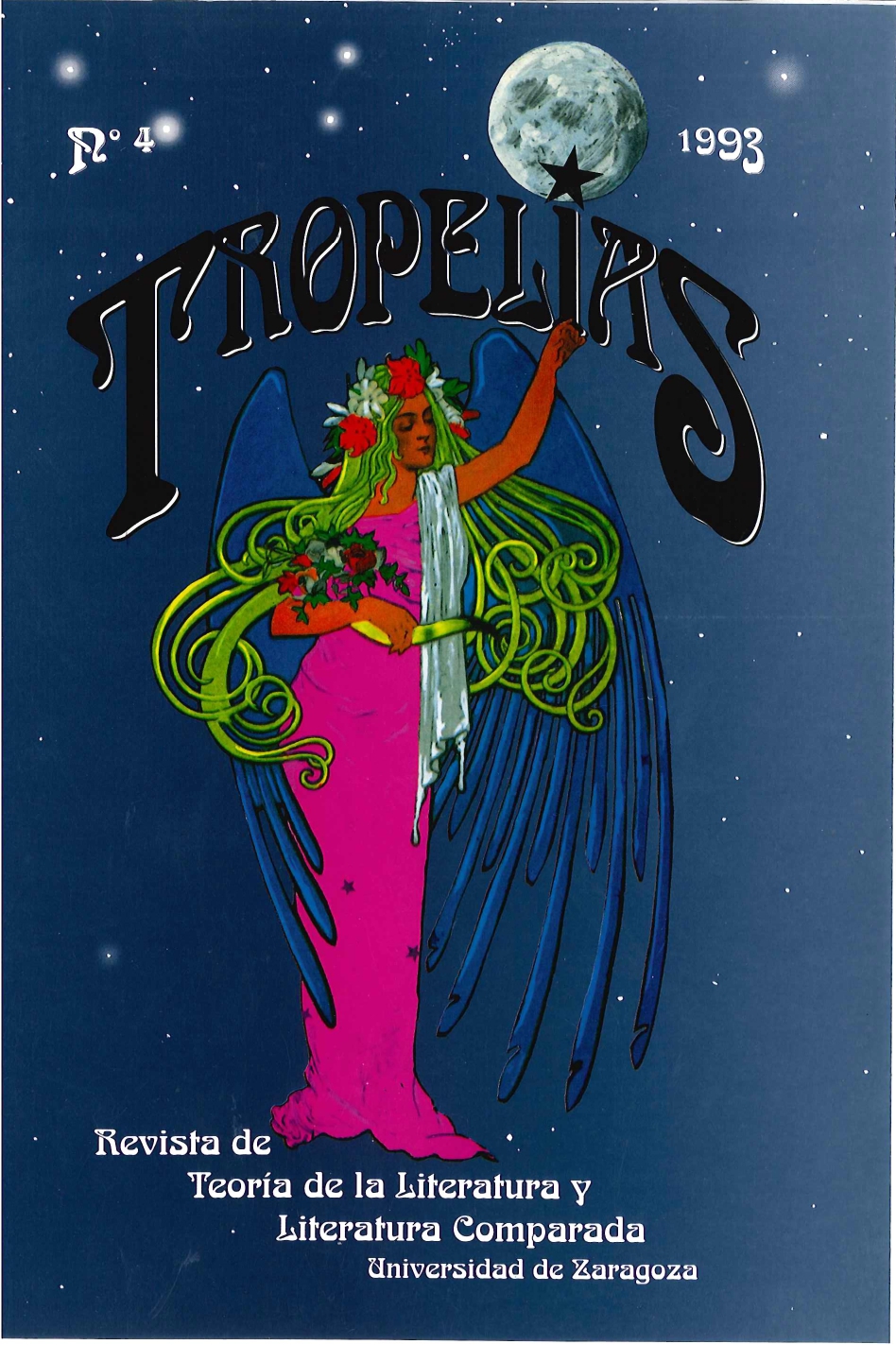Modes, genres, and imaginary time component. A proposal for a interpretation
DOI:
https://doi.org/10.26754/ojs_tropelias/tropelias.199345539Keywords:
Literary genres, anthropologyAbstract
The three modes of representation (lyrical, dramatic, and narrative) are parallel to the three possible ways in which man can express his own anthropological self-consciousness and his perception of the world (his otherness). The lyrical mode is suited to the representation of the subject's intimate self, the dramatic mode corresponds to the consciousness of otherness, and the narrative mode provides a synthesis of the other two modes. In addition, the author's choice of a certain mode determines the particular way in which the imaginary component of the work interacts with its material structures. Every type of text (lyrical, dramatic, and narrative) provides a range of specific possibilities of the representation of the imaginary impulses in a temporal and spatial framework. Therefore, the mode of representation decisively conditions the imaginary constitution of the work.
Downloads
Downloads
Published
How to Cite
Issue
Section
License
Copyright (c) 2021 Alfonso Martín Jiménez

This work is licensed under a Creative Commons Attribution 4.0 International License.
Los artículos enviados a la revista Tropelías deben ser originales e inéditos, no publicados previamente en cualquier soporte. Únicamente se aceptará material publicado total o parcialmente con anterioridad, o que esté en proceso de evaluación en otra revista, si se hace constar la causa de tal duplicación y se facilita la fuente donde ha aparecido dicho artículo.
Las imágenes que se incluyan en los artículos estarán libres de derechos de reproducción y, en caso contrario, los autores deberán presentar los permisos para su publicación y asumir los pagos derivados de ello.
Los artículos y reseñas publicados en la revista Tropelías pueden ser incluidos en repositorios temáticos o institucionales desde el momento de su publicación, sin modificación alguna e indicando claramente su procedencia.


